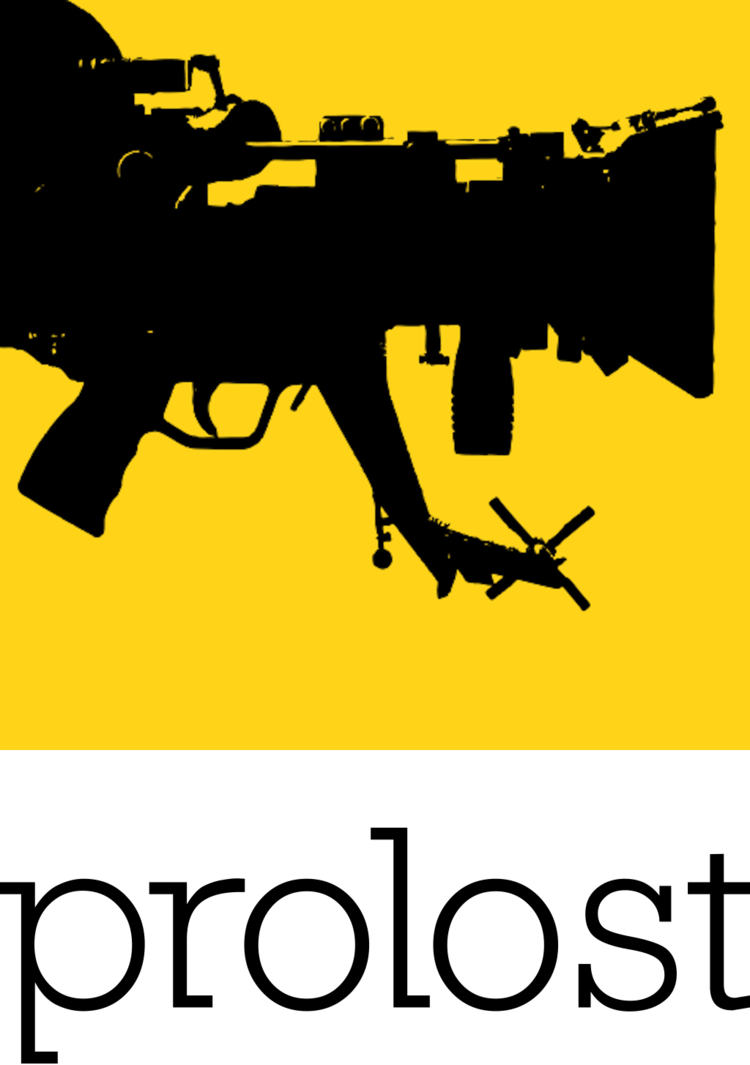Chances are if you read this blog you have on your computer several thousand dollars worth of creative software. Maybe After Effects, maybe Shake, Final Cut or Avid or Premiere (or all three), Fusion or Nuke or Scratch, Color or Audition or maybe even Inferno.
And chances are, somewhere on that same hard drive, you have a computer solitaire game that was either free with the computer or just about.
What could a professional content-creation platform learn from some free time-wasting software? The answer is a gestural interface.
Generally speaking, in solitaire you move cards around according to certain rules. Who wants to learn rules? No one. So innovative game developers have created a way to gently teach you the rules of any solitaire game. When you try to move a card, they provide a kind of emulated tactile feedback that tells you "yes, you can move that card here or "nope, that card can't be placed here." It's so subtle you don't even notice it happening, but after a time you find yourself actually "throwing" cards into the general direction of their goals and expecting them to find their way there. The guidance that was at first a learning aid is now a reward for expert status. Experienced solitary players whip cards around on their screens like Ricky Jay.
Solitaire is so simple that software designers have had to innovate in order to distinguish themselves. Another arena in which ubiquity demands extra effort for a bit of distinction is mobile phone design. Apple's iPhone is now famous for its touch-screen interface. Somebody got all the phone out of the way and let you just touch your stuff.
There may be a hundred "competing" solitaire games, but there are only a handful of NLEs; only a few compositing applications, less than half a dozen professional 3D applications. These tools compete on bullet-lists of sexy features or must-have capabilities. And so their UIs tend to lack innovation. They have a sort of Northwest Airlines outlook on fancy UI features—sure, you could have them, but next you'll want snacks and a little TV in the back of the seat in front of you!
Apple's Motion is bucking this trend with its realtime focus and animated 3D view transitions. The now-dead 5D Colossus system featured some innovative tablet-based metaphors. There's an argument that fancy UIs are the domain of the fundamentally simple application, but the not-at-all-simple Flame/Flint/Inferno has some wicked-cool pseudo-tactile functionality, like "slicing" a connection between nodes, or scooping up nodal connections by sweeping one node over others.
The next time you use something that "just works," whether it be an iPhone or a martini shaker, think about ways that your favorite creative software could be more intuitive. It takes a lot of effort to make a computer program as easy to use as a deck of cards—but why should this effort be reserved for games and phones? Usability isn't an extravagance and shouldn't be a luxury, and you deserve it in your expensive software as well as your free games.

